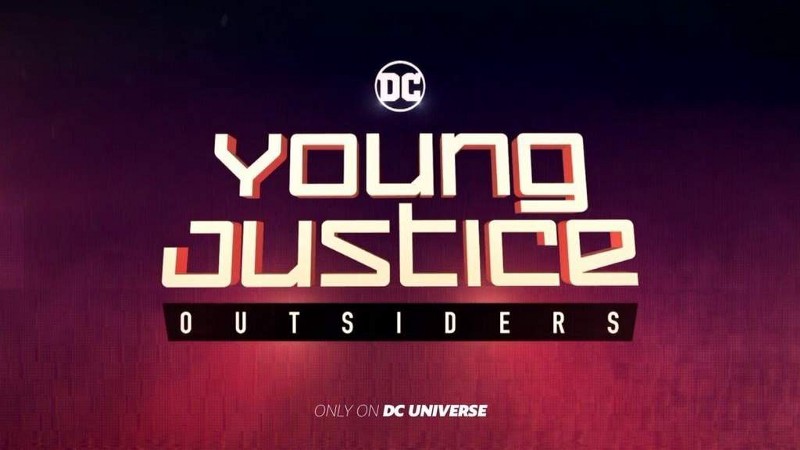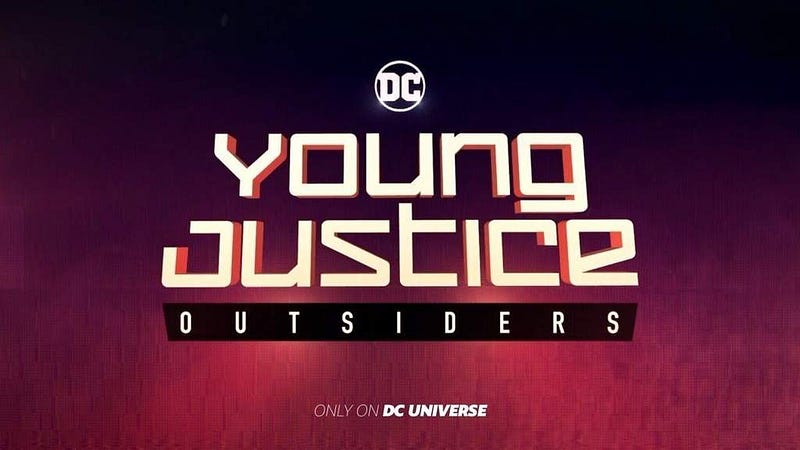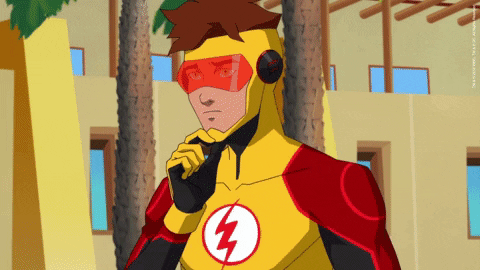Does “Young Justice: Outsiders” Crash The Mode?

You’d think a six-year hiatus would kill the buzz on a TV show. It shouldn’t be able to come back with the same fan interest, because there was too much time between seasons. Or the writing would be too all over the place, trying to accommodate fan service and studio expectations. These were amongst the worries for DC Universe’s Young Justice: Outsiders — it would have to do too much to keep eyes on it. Instead, it has outplayed expectations, by doing one thing: staying whelmed.

The show takes a two-year time jump from where Invasion ended in 2013. Most of the Justice League’s heavy hitters are off-world, trying to clean up their image throughout the universe and fight off Apokolips. This leaves the Team feeling overwhelmed, thanks to having to take on more leadership roles. M’Gann leads the youngsters, with Kaldur’ahm, now Aquaman, the new Earth-based leader of the Justice League. Superboy feels the pressure of stepping up, as a Superman substitute. Dick Grayson is a super-spy and Artemis/Tigress is still grieving Wally West and trying to leave superheroism behind, both for the time being.
Their main focus is breaking down the metahuman trafficking rings that have popped up universe-wide, while connecting it all back to the Light’s role and their endgame. Along the way, we see Batman-led shadow councils, Markovia, and U.N. Secretary-General Lex Luthor. The show hasn’t played any of this as a simple back and forth — it’s become more of a chess game to take each other out and keep public opinion in their favor.
The formation of the Outsiders team mirrors this. It goes the exact opposite of the comic books; instead of being a black-ops team formed by Batman, the young heroes including Kid Flash and Geo-Force, become a front-facing force led by Beast Boy. In other words, they’re the Teen Titans, with a penthouse to match. Never mind that some of their missions are engineered by Batman, Oracle, and M’Gann (unless you’re Black Lightning). The overall goal is to take some level of power away from Luthor and the Light, while also having a team of young heroes that newer, younger metahumans can look up to in the age of social media.

In accord, the show has a double-edged sword: the DC universe and its deep well of characters and storylines. The fact that it is the only one around, with no others to interact with, gives it a playground of characters and storylines to mine without interruption from another animated tale. This allows for unfettered cast depth and use of lore. This season is a mix of the ’80s Teen Titans storyline “The Judas Contract” and 2000s “Final Crisis”, except without the inappropriate relations (Contract) and with a more focused approach (Crisis).
At the same time, for the great world building and use of the comic book arcs, it also rotates in and out of the cast quickly. There are blatant allusions to Batman Inc. after Mr. Wayne takes his Bat-family members out of the Justice League and the younger team. Except for a C-plot story about Robin leading a teen team to take down Clayface and an espionage mission to Santa Prisca, this team does not do much.

You get clear hints of Jason Todd and Damian Wayne, but nothing more. Static doesn’t get many lines, outside of him needing a girlfriend. Even with shifting and expanding the main characters, we somehow have more Wally West lines this season than we do for Thirteen, and she’s still alive. It’s difficult to balance out this many heroes, villains, dignitaries, and well, Metron, but a greater sense of balance could be found. Or give us a Batman Inc. series. That’s a free idea, DC Universe.
All in all, the show is excellent. One of the highlights of the season as a whole was the mental exercise that happens in the first half of the season, that highlights the legacy of the Cartoon Network shows like Teen Titans Go!, while also blending the maturity and dark comedy YJ can currently pull off. Also, Doom Patrol references are always a plus.
As well, The Light as a general series enemy allows for a rotation of villains against the heroes, so it doesn’t get stale quick. Even when there is a gradual focus Grannie Goodness/Gretchen Goode as this season’s main villain, the show keeps you on your toes, with a reminder that there’s an evil cabal waiting for our heroes, with each member having a separate yet equally nefarious agenda.
With the third season over, and a fourth already confirmed, we still have many stories left to tell. The show has always done well to give the young characters contemplation of a life outside of superheroism and what leaving that behind could be like for them, so I’d enjoy more contemplation of that. The integration of fan-favorite Cyborg was a hit and I’m just saying the addition of a certain alien and a certain demon’s daughter would be cool. Hell, we’re getting a Crisis on Infinite Earths from the CW’s Arrowverse — why not give the animated series a run at Infinite Crisis? It’d be the mode.
Want to keep up with The RYM? Like us on Facebook, follow us on Twitter,follow us on Instagram, or join our mailing list below!



